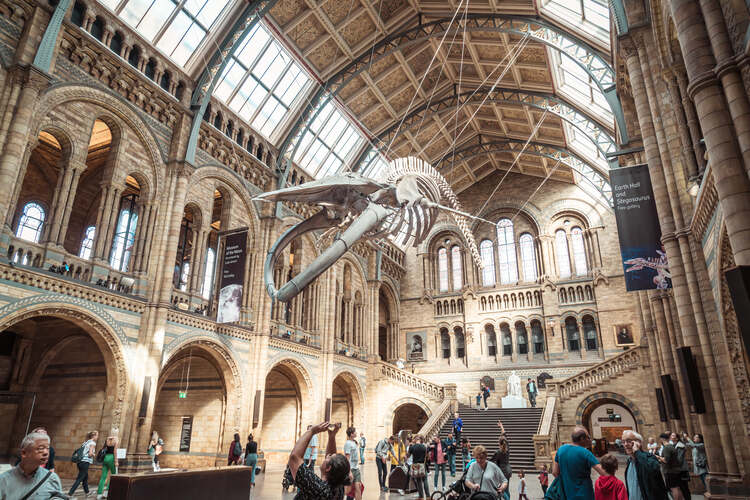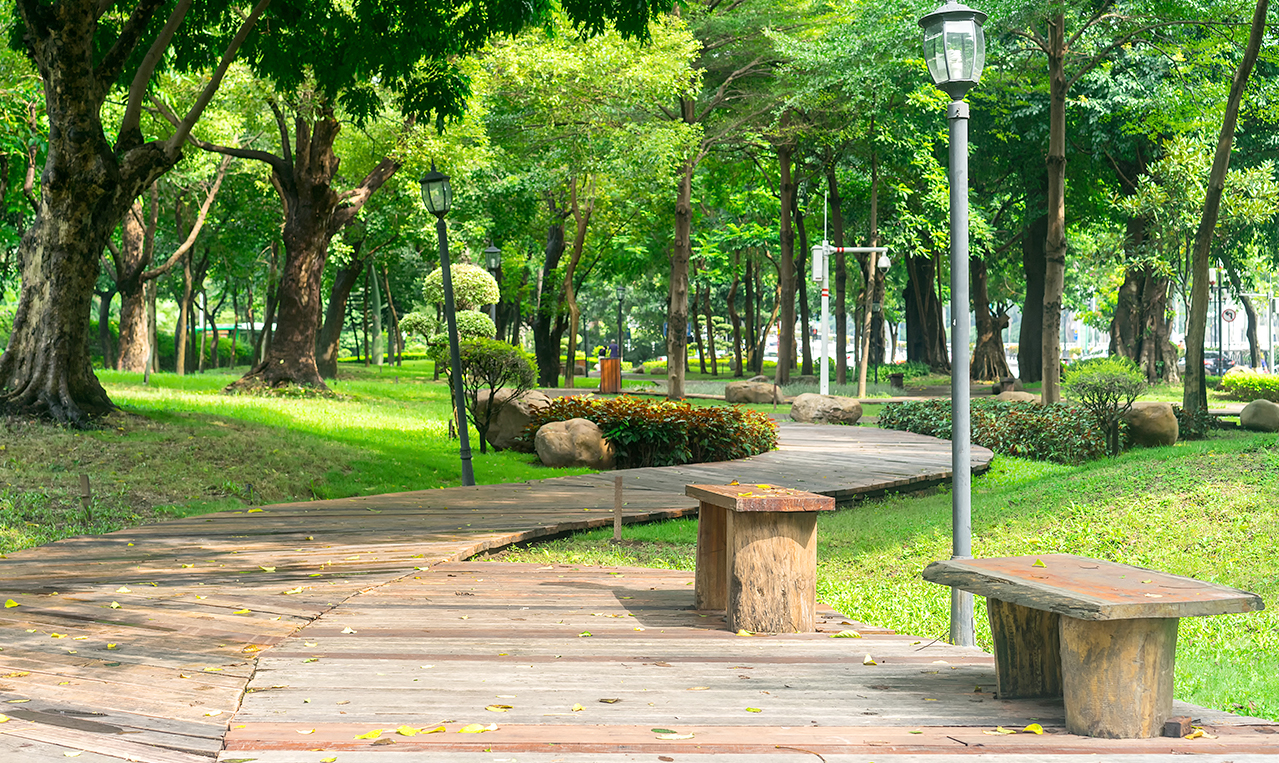Chennai’s Top 10 must-visit best Unseen Places
“Two roads diverged in a wood, and I—I took the one less traveled by, and that has made all the difference.” – Robert Frost
Chennai, the vibrant capital of Tamil Nadu, is known as the Gateway to South India. Set along the Coromandel coast, this city blends tradition with modern vibes. With a rich history, Chennai boasts cool claims to fame—like the oldest municipal corporation in India and the second oldest in the world, right after London.
The Famous Marina Beach is the world’s second-largest beach and a symbol of local pride. The 44th FIDE Chess Olympiad in 2022 put Chennai on the global map, highlighting the city’s warmth and love for chess.
For those who love exploring offbeat spots, Chennai has hidden gems waiting to be discovered. In this blog, we’ll take you beyond the usual tourist stops to uncover the lesser-known wonders of Chennai.
List of Top 10 lesser-known Places in Chennai
1. Thirusulam Lake:
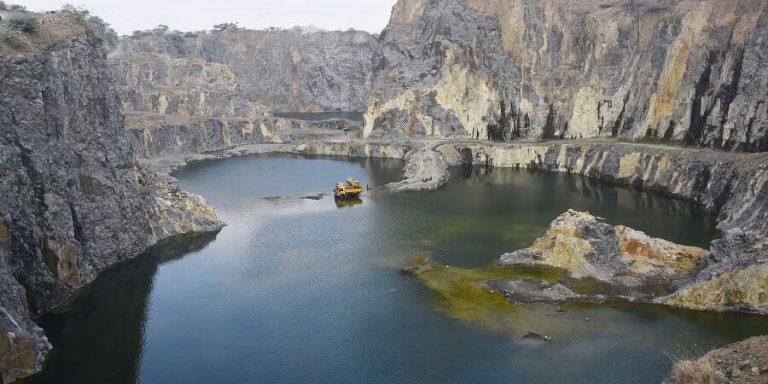
Thirusulam Lake is a man-made lake located in Tirusulam, Chennai, India. It was formed in an abandoned stone quarry and is known for its clear blue waters. The lake is a popular spot for swimming, boating, fishing, and bird watching. Over 100 species of birds have been recorded at the lake, including pelicans, cormorants, herons, egrets, and kingfishers.
safety tips:
- Do not swim in the lake if you are not a strong swimmer.
- Be aware of the depth of the water before entering.
- Do not swim alone.
- Wear appropriate footwear with a good grip to navigate the rocky and uneven paths safely.
- Be aware of the weather conditions before visiting.
- Do not litter.
- Plan your visit during daylight hours to avoid the risks of low visibility and ensure a safer trekking experience.
2. De Monte Colony:
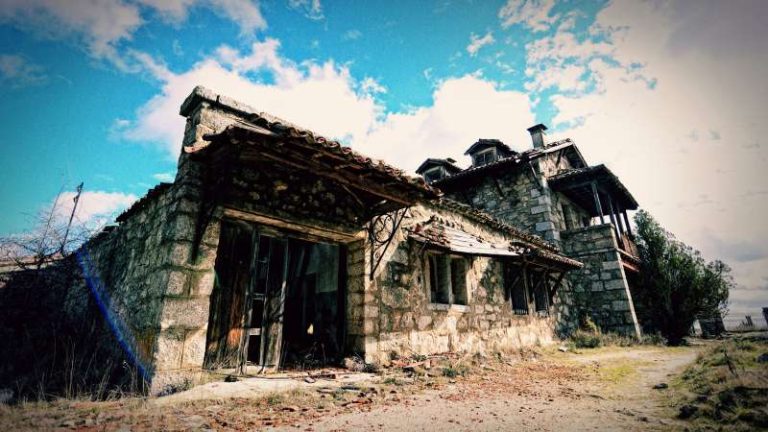
De Monte Colony, located in Chennai’s Alwarpet area, is a residential enclave steeped in history and local folklore. Established in the 19th century by Portuguese businessman John De Monte, the colony comprises uniform one-story houses along two streets. Over time, it has gained a reputation as one of Chennai’s most haunted locations.
John De Monte was a prominent figure in Chennai’s history, owning extensive properties in areas like Moubray’s Garden, Greenways Road, and the Madras Club. He was instrumental in constructing the Our Lady of Mount Carmel Church in Kovalam. De Monte’s personal life was marked by tragedy; his wife suffered from mental illness, and their only son died under mysterious circumstances. These events have contributed to the eerie aura surrounding the colony.
In recent years, De Monte Colony has been largely abandoned. The once-occupied houses have fallen into disrepair, with overgrown vegetation adding to the desolate atmosphere. The area has become a hotspot for urban explorers and those intrigued by paranormal activities. However, it’s important to note that the colony is private property, and unauthorized access is prohibited.
The mystique of De Monte Colony has permeated popular culture. In 2015, a Tamil horror film titled “Demonte Colony” was released, drawing inspiration from the legends associated with the area. The film’s success further amplified public interest in the colony’s haunted reputation.
safety tips:
- Do not visit the colony alone.
- Go during the day, as it is much safer than at night.
- Be aware of your surroundings and do not go into any of the empty houses.
- If you feel unsafe, leave immediately.
3. Amir Mahal:
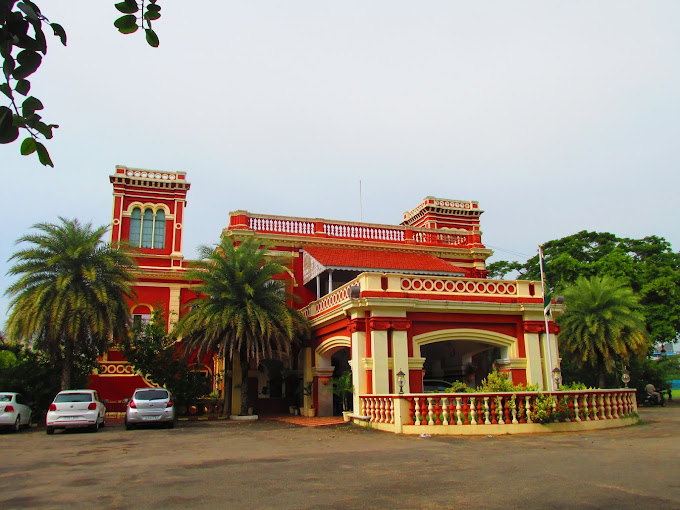
Amir Mahal, located in Chennai’s Royapettah neighborhood, is a significant historical landmark and the official residence of the Nawab of Arcot. Constructed in 1798 by the British East India Company, the palace exemplifies Indo-Saracenic architecture, a blend of Islamic and European styles.
Originally built to house administrative offices, Amir Mahal became the residence of the Nawab’s family in 1876. This transition occurred after the British annexed the Carnatic kingdom in 1855, leading to the Nawab’s relocation from Chepauk Palace to Amir Mahal.
The palace’s design features characteristic elements of Indo-Saracenic architecture, including domes, arches, and intricate detailing. Its expansive grounds and elegant interiors reflect the grandeur of the era, making it a notable example of this architectural style in Chennai.
While Amir Mahal is a private residence, it occasionally opens its doors to the public for special events and cultural programs. Visitors interested in exploring this historical site should check for any public events or contact the administration for potential visiting opportunities.
Tips for visiting Amir Mahal:
- Be respectful of the palace and its grounds
- Do not climb on the walls of the building
- Do not litter
4. Theosophical society:
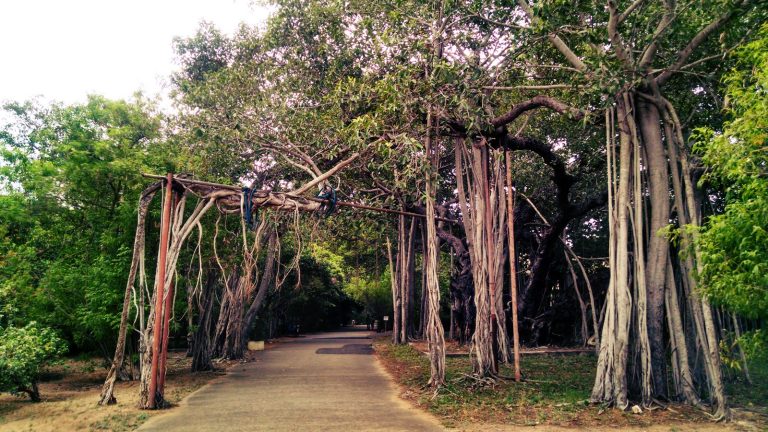
The Theosophical Society is a popular tourist destination and is especially known for its gardens, which are home to a variety of plants and trees, including a 500-year-old banyan tree. Theosophical Society is an international organization founded in 1875 to promote brotherhood and understanding among people of all cultures and religions. It is located in Adyar, Chennai, India.
Tips for visiting:
- Monday to Saturday: 8:45 AM to 10:00 AM and 2:00 PM to 4:00 PM.
- Closed on Sundays and public holidays.
- To protect the environment and ensure safety, remain on marked trails.
- The campus is home to various species; observe them from a distance without disturbing their habitat.
- Bring water, wear comfortable footwear, and use sun protection during your visit.
5. Cholamandal Artist Village:
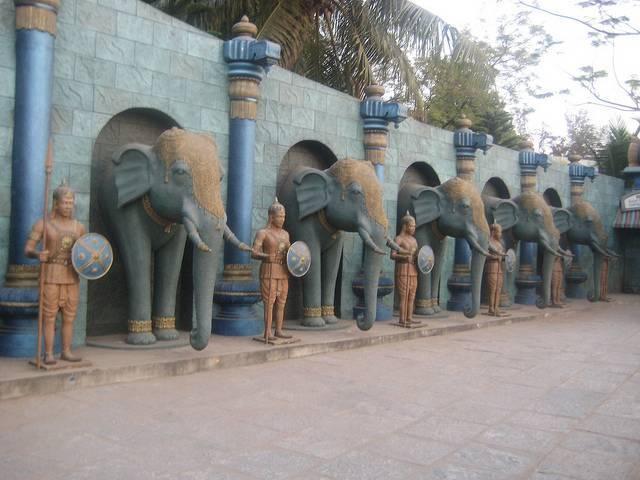
Cholamandal Artists’ Village is a unique community of artists in Chennai, India. It was founded in 1956 by K.C.S. Paniker, who wanted to create a space where artists could live and work together. The village is home to over 100 artists, who work in a variety of mediums, including painting, sculpture, printmaking, and photography. The village is open to the public, and visitors, there are also a number of workshops and events held at the village throughout the year.
Tips and info:
- The village is open from 10 am to 5pm, seven days a week.
- If you’re interested in taking a workshop, check their official website for dates and times.
- located near Injambakkam, approximately a 10-minute walk from Golden Beach.
- Be respectful of the artists’ studios and their work.
- You can buy art here
- Seek permission before photographing artworks or studios to respect artists’ rights.
6. Broken bridge:
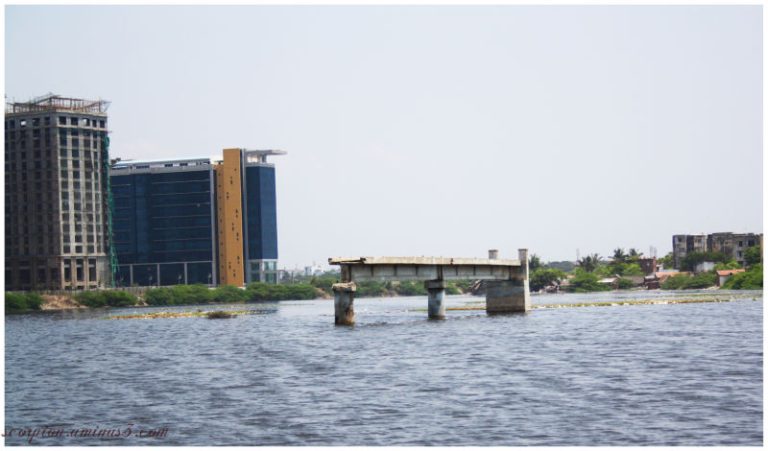
Broken Bridge, Chennai is a bridge that was built in 1967 and collapsed in 1977 due to strong currents in the Adyar Estuary. The bridge is now a popular tourist destination, known for its scenic views of the estuary and the Bay of Bengal.
Safety tips:
- Early mornings or late afternoons are ideal for capturing the bridge’s beauty and observing local wildlife.
- Be aware of the tides
- Beware of the gaps in the bridge
7. The Government Museum
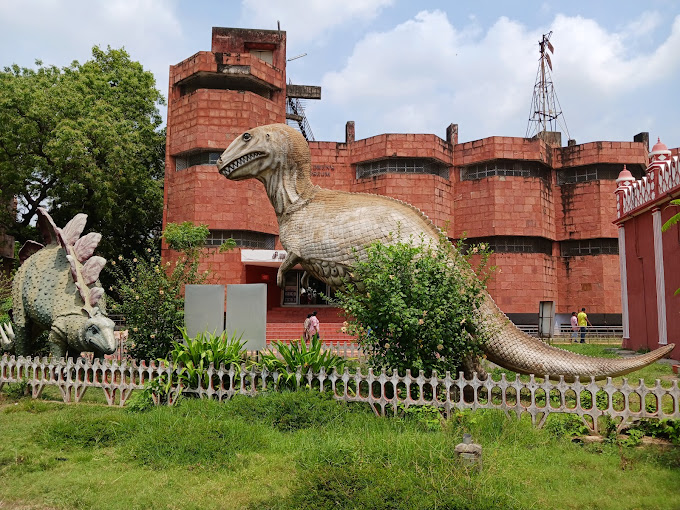
The Government Museum in Chennai, also known as the Madras Museum, is a prominent cultural institution located in the Egmore district. Established in 1851, it stands as the second oldest museum in India, following the Indian Museum in Kolkata.
Collections and Exhibits
Spanning approximately 16.25 acres, the museum complex comprises six buildings with 46 galleries, featuring diverse sections:
- Archaeology: Artifacts from South Indian dynasties, including the Chola, Vijayanagara, Hoysala, and Chalukya periods.
- Numismatics: A vast collection of coins, notably one of the largest assortments of Roman antiquities outside Europe.
- Art: Paintings from renowned artists, including Raja Ravi Varma, and traditional Tanjore, Mughal, and Rajput artworks.
- Anthropology: Exhibits showcasing the cultural heritage and lifestyles of various communities.
- Geology, Botany, and Zoology: Specimens highlighting the region’s natural history.
Visiting Information
Location: Pantheon Road, Egmore, Chennai, Tamil Nadu.
Timings: Open daily from 9:30 AM to 5:00 PM; closed on Fridays and national holidays.
Entry Fee:
Adults (Indian Nationals): ₹15
Children (Indian Nationals): ₹10
Adults (Foreign Nationals): ₹250
Children (Foreign Nationals): ₹125
Additional charges apply for photography and videography.
8. The Muttukadu Lake
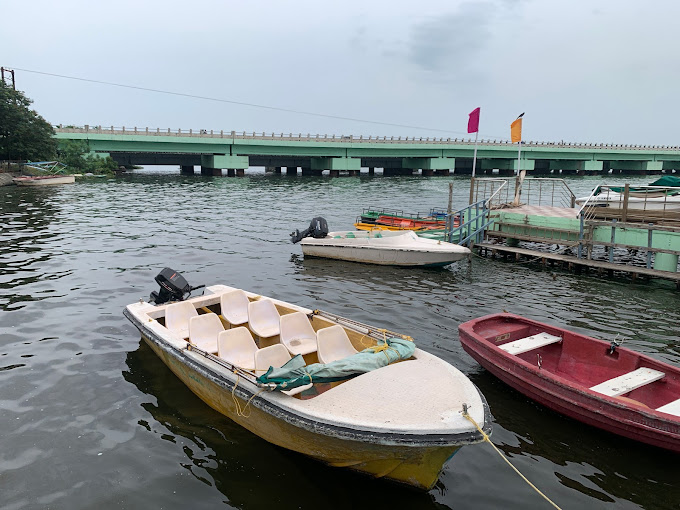
Muttukadu Lake, located approximately 36 kilometers from Chennai along the East Coast Road (ECR), is a scenic backwater area of the Bay of Bengal. This estuary, near Kovalam Beach and en route to Mahabalipuram, has become a popular destination for both locals and tourists seeking leisure and adventure.
Activities and Attractions
Boating: The Tamil Nadu Tourism Development Corporation (TTDC) operates a boathouse at Muttukadu, providing options such as speedboat rides, rowing, windsurfing, and water skiing. Visitors can hire speed boats, row boats, and water scooters to explore the tranquil waters.
Bird Watching: The lake’s ecosystem attracts a diverse range of bird species, making it an ideal spot for bird enthusiasts to observe both resident and migratory birds.
Photography: The picturesque surroundings, especially during sunrise and sunset, offer excellent opportunities for photography.
Tips:
- The period from October to February is ideal, offering pleasant weather conditions for outdoor activities.
- Visit during the off-season to avoid crowds
- Be careful around the water
- Beware of the tides
9. Puzhal Lake
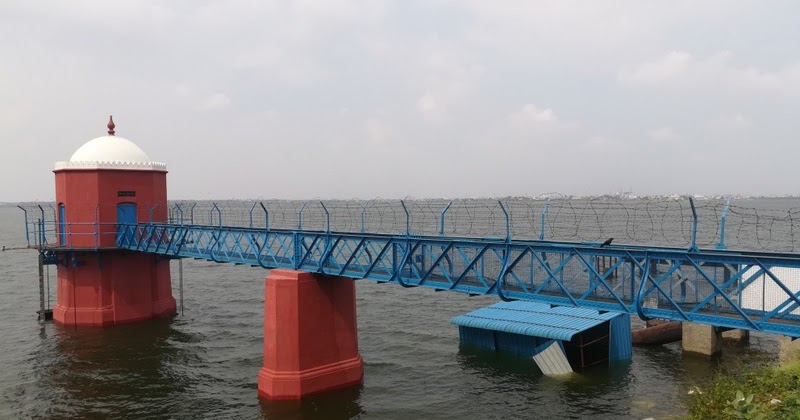
Puzhal Lake, also known as Red Hills Lake, is a significant rain-fed reservoir located in the Red Hills area of Chennai, Tamil Nadu. Constructed in 1876 during the British colonial period, it serves as one of the primary sources of drinking water for Chennai.
Covering an area of approximately 18 square kilometers, Puzhal Lake is situated in the Thiruvallur district, about 26 kilometers from Chennai Central Railway Station. The lake’s catchment area is primarily fed by monsoon rains, making it a crucial component of Chennai’s water supply system.
Tips:
- It’s essential to maintain the cleanliness of the lake by avoiding littering and respecting the natural habitat.
- The ideal time to visit is during the winter months (November to February)
10. Madhavaram Botanical Garden
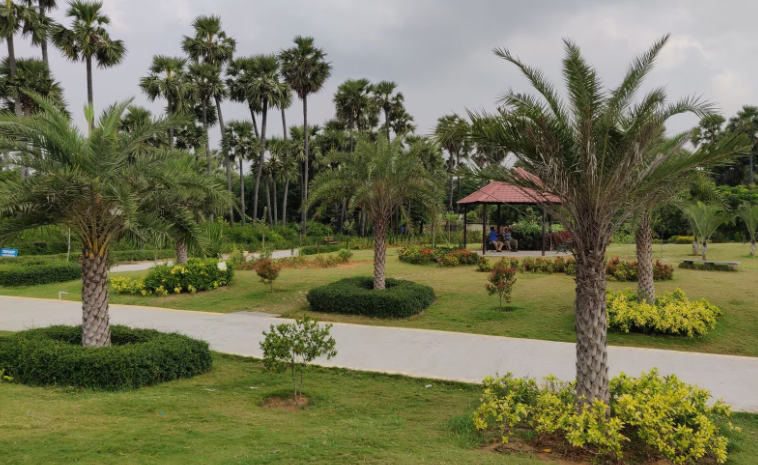
Madhavaram Botanical Garden, located in the Madhavaram Milk Colony of Chennai, is the city’s largest botanical garden, spanning approximately 20.21 acres. Established by the Tamil Nadu Horticultural Development Agency (TANHODA), it serves as a significant green space and educational center.
Features and Attractions
The garden is organized into various sections, each dedicated to different plant categories:
- Fruits and Medicinal Plants: Showcasing a diverse range of fruit-bearing trees and medicinal herbs, highlighting their uses and benefits.
- Indoor Plants and Cacti: Exhibiting a variety of indoor plant species and an extensive collection of cacti, catering to plant enthusiasts.
- Ornamental Arboretum: Featuring ornamental trees and shrubs, providing aesthetic appeal and educational value.
- Protected Cultivation Area: Demonstrating modern horticultural practices, including greenhouse cultivation techniques.
Tips
- To protect the plant life and ensure personal safety, visitors should remain on marked trails.
- Ensure that children are supervised, especially near water bodies and plant displays.
- Avoid plucking flowers or disturbing plant beds to maintain the garden’s integrity
- The Garden has a nursery outlet where visitors can buy various plants and saplings.
- Open daily from 9:00 AM to 5:00 PM.



